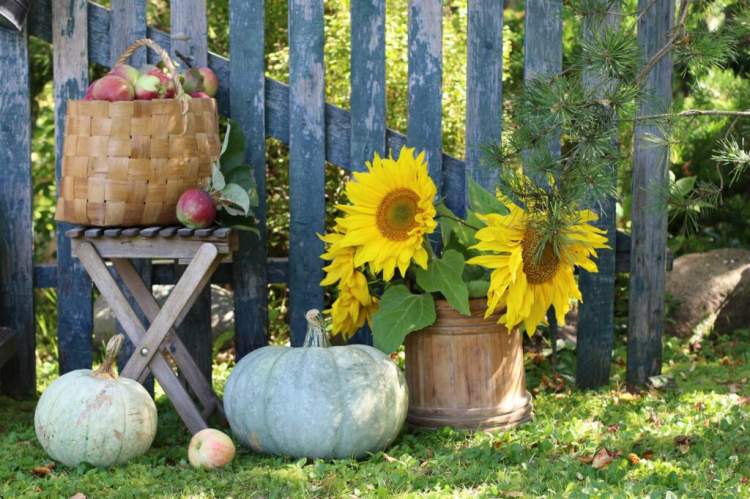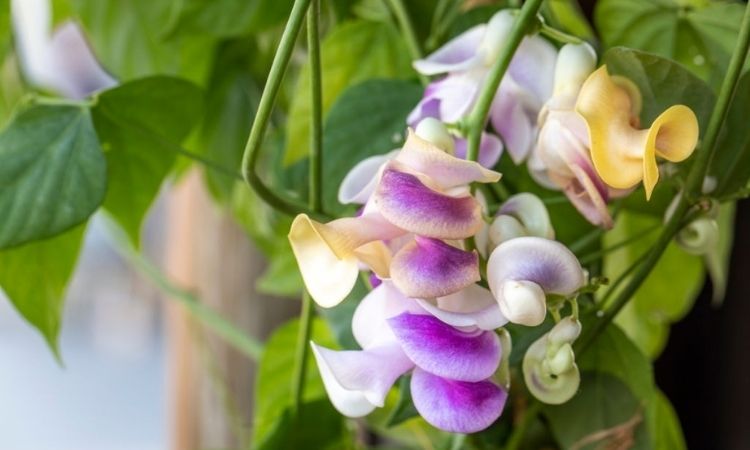Lettuce: Planting, Harvesting & Choosing a Variety
We give tips on planting and harvesting lettuce and introduce the best types of lettuce. We also clarify how to properly care for salad.
Salad shouldn’t be missing in the garden or on the balcony. Because it is undemanding, easy to care for, and can grow almost anywhere. This makes it a good culture for beginners in the garden. This article will tell you everything you need to know so that nothing can go wrong with growing lettuce. We reveal everything you need to know about the origin, different varieties, planting, care, and harvesting of lettuce.
Salad: origin and characteristics
Table of Contents
The term “lettuce” is not a botanical name and does not just mean a variety of species. Rather, it is a collective term for various vegetable plants that are mostly eaten raw. By the way, the word “salad” comes from Latin and means “salted”. This suggests that salads were valued at an early stage and sometimes ingeniously prepared. Because the world of salad is so diverse, it is difficult to get to the bottom of the origin. The different types of salad come from different parts of the world. For example, the lettuce comes from the Mediterranean, while the iceberg lettuce comes from the USA.
You might so like: How To Grow And Harvest Iceberg Lettuce
Just like the origin, the growth forms of lettuce are also different. When you think of lettuce, you usually see a picture of crisp, green leaves or a closed, green head of lettuce. However, there is much more to it than just the green head of lettuce. Salad can also be red, brownish, yellow, or colored. The shapes of the individual types of lettuce also vary greatly. Just think of curled leaves, filigree lamb’s lettuce or red, firm radicchio, for example.

Forms and types of lettuce
Botanically, salads can be roughly divided into the lettuce group ( Lactuca ), the chicory group ( Cichorium ), and salads without a group. In the following, we give you a brief overview of the individual salads of the three groups. You can find information about the individual forms of lettuce and many suggestions for varieties here in our special salad varieties.
Buying lettuce plants: what you should pay attention to
You can find lettuce plants in hardware stores, garden centers, nurseries, at the weekly market, or online retailers. When buying, you should consider a few points so that you are not disappointed by the plants you have bought. When choosing the right type and shape of lettuce, pay attention to the fact that the individual forms of lettuce not only vary greatly in appearance and taste but also in their requirements about the time of cultivation, location, and care.
Furthermore, you should make sure that you only buy plants that make a fit and vital impression on you. This also means that the plants do not have any damaged parts of the plant and are free from pests, traces of eating, and diseases. If the root ball smells putrid and moldy, it is better to keep your hands off these plants.
At a glance: What should you look out for when buying lettuce plants?
- Choice of salad shape and variety
- Vital, fit plants
- No broken leaves or stems
- Disease and pest free
- No putrid root balls

Plant lettuce
Fortunately, growing lettuce in your own bed is child’s play. If you don’t limit yourself to just one type of lettuce, with clever cultivation planning you can harvest and enjoy your own lettuce almost all year round. Salads love a sunny to a partially shaded location with loose, humus-rich soil. We have prepared detailed instructions for you on planting lettuce here.
Maintaining the lettuce: the right watering and fertilizing
If the right location has been chosen and the lettuce has been properly planted, it will grow almost by itself and require little attention and care. You should still pay special attention to the watering of your salad. It is important to water daily, especially on hot days and in midsummer.
Before planting the lettuce, we recommend that you fertilize the soil thoroughly. So the soil is perfectly prepared for the salad and contains all the plant nutrients that are important for growth. Compost or a fertilizer with an organic long-term effect is ideal for basic fertilization. Organic universal fertilizer consists largely of organic material, from which the nutrients are slowly and gently released to the plant. This means that you no longer need to fertilize your lettuce after the basic fertilization.
Another important maintenance measure is regular chopping and piling the earth around the salads. Chopping stimulates the mineralization of the soil and allows water to penetrate the soil better. In addition, this measure removes unwanted weeds at the same time.

At a glance: taking care of the salad properly
- Water regularly
- Apply basic fertilization before planting
- Then stop fertilizing
- Chop and pile up regularly
- Collect or fight snails
Propagate lettuce
Lettuce can be propagated even from seeds. However, due to the small seeds, the extraction of seeds is very time-consuming and requires a lot of dexterity. The prerequisite for the extraction of seeds is that the lettuce plants bloom. For this purpose, some lettuce plants may not be harvested, but remain on the bed. For a successful propagation, you need about eight to ten plants. Select the strongest and healthiest specimens and mark them with a stick. Don’t just take the seeds of salads that are the first to start shooting. Otherwise, you will unintentionally select early lettuce for your offspring.
As soon as the lettuce forms inflorescences, you should tie them to the marker sticks and support them in this way. In addition, rotten, wilted, and mushy leaves at the bottom of the lettuce can be removed regularly. If the flowers begin to wither, special care is required, because the tiny lettuce seeds can now be easily washed out by the rain. The seeds are ready to harvest 12 to 24 days after flowering.

The best seeds are harvested from the centrally ripening flowers at the top of the main stem. The easiest way to harvest the seeds is to hold the inflorescences over a container and tap into them lightly. The harvested seeds are then dried in a cloth bag and then cleaned. The seeds can now be labeled and will germinate for up to three years if stored in a cool and dry place.
At a glance: multiply lettuce
- Select 8 – 10 lettuce plants and mark them
- Let it bloom
- Support the inflorescence
- Remove putrid, dead leaves
- Seeds are ripe 12-24 days after flowering
- Knock off the seeds in a container
- Dry in a cloth sack
- Clean the seeds
- Label
- Store in a cool and dry place
Harvest lettuce
The different types of lettuce mean different harvest times. There are typical salads that are ready to be harvested in spring, summer, or autumn. When harvesting, you can decide whether you want to harvest the lettuce as a whole or just take individual leaves. If you harvest your lettuce as a pick or cut lettuce, you have the advantage of only being able to harvest as much as you need.
You might so like: Artichoke Harvest And Storage

Store the salad and keep it fresh
Salad tastes best freshly harvested and in most cases does not have a long shelf life. As a rule of thumb, the firmer the leaves, the longer the lettuce will last. With a few tricks, you can still give the perishable salad a longer life.
At a glance: Store the salad and keep it fresh
- Remove dead leaves
- Store in the vegetable compartment of the refrigerator
- Do not store with other fruits or tomatoes
- Wrap in a damp tea towel
- Do not freeze






